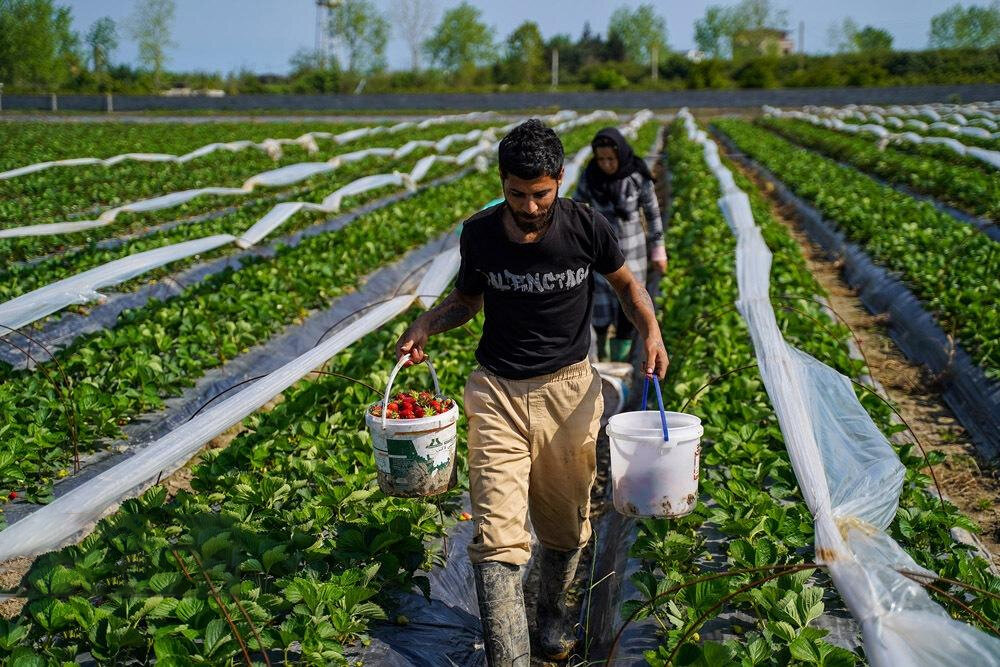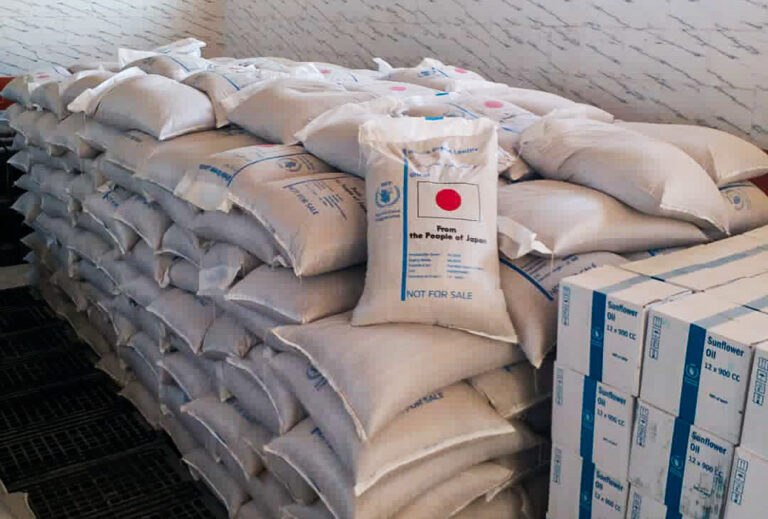Sweet Beginnings: Mazandaran Kicks Off Strawberry Harvest Season!
In the picturesque Bahnamir County, located in the northern province of Mazandaran, Iran is making significant strides in its agricultural sector, particularly in strawberry production. With over 22,000 tons of strawberries produced annually, this region stands out as one of the leading producers in the country. According to recent projections, Iran aims to elevate its total strawberry output to an impressive 70,300 tons by the year 2026, marking a steady growth rate of 1.8 percent year on year.
This ambitious target not only highlights the country’s commitment to enhancing its agricultural capabilities but also emphasizes the importance of strawberries as a vital crop for both domestic consumption and export. Below are some key points regarding the current state and future prospects of strawberry production in Iran:
- Current Production Levels: Bahnamir County produces over 22,000 tons of strawberries annually, making it a key contributor to the nation’s agricultural output.
- Future Growth Projection: Iran is on track to increase its strawberry production to 70,300 tons by 2026.
- Annual Growth Rate: The expected growth rate of 1.8 percent per year reflects the government’s efforts to improve agricultural practices and yield.
- Economic Impact: Increased strawberry production is likely to have a positive impact on the local economy, creating jobs and boosting related industries.
- Export Opportunities: With higher production levels, Iran may enhance its position in international markets, exporting strawberries to neighboring countries and beyond.
Bahnamir County’s favorable climate and fertile soil contribute significantly to its status as a top strawberry producer. The region benefits from abundant sunlight and temperate weather, which are ideal for cultivating high-quality strawberries. Farmers in Bahnamir have been increasingly adopting modern agricultural techniques, including enhanced irrigation methods and organic farming practices, to maximize their yields and improve the quality of their fruit.
As Iran sets its sights on achieving its production goals, several initiatives are being put in place to support local farmers. These initiatives include:
- Training Programs: Farmers are receiving training on best practices in strawberry cultivation, pest management, and soil health.
- Financial Support: The government is providing financial assistance and subsidies to help farmers invest in better equipment and technology.
- Research and Development: Ongoing research is focused on developing new strawberry varieties that are more resistant to pests and diseases while also improving yield.
- Market Access: Efforts are being made to enhance market access for local producers, ensuring they can sell their strawberries both domestically and internationally.
The commitment to improving strawberry production not only serves economic purposes but also aligns with Iran’s broader agricultural policies aimed at achieving food security. By increasing strawberry output, the government hopes to reduce reliance on imports and ensure that the local population has access to fresh, nutritious produce.
In conclusion, Bahnamir County stands as a beacon of agricultural productivity, particularly in strawberry cultivation. With its ambitious plans to boost production to 70,300 tons by 2026, Iran is poised to make significant advancements in both its agricultural sector and its economy. The combination of favorable growing conditions, government support, and innovative farming techniques positions Bahnamir County as a leader in strawberry production, ensuring a bright future for this vital crop.






